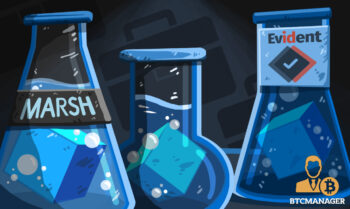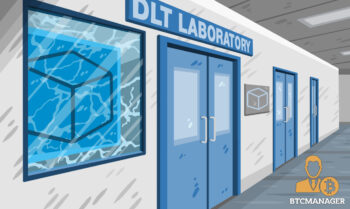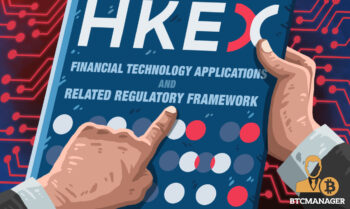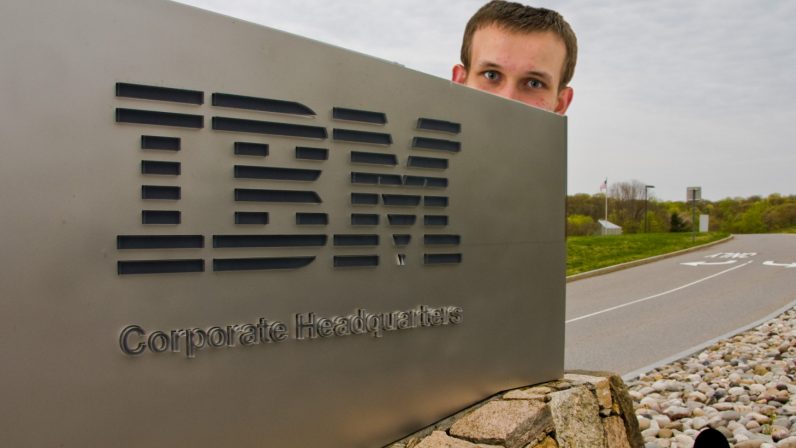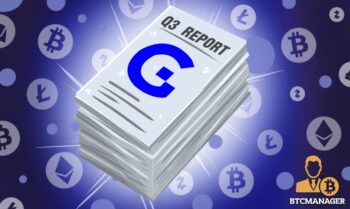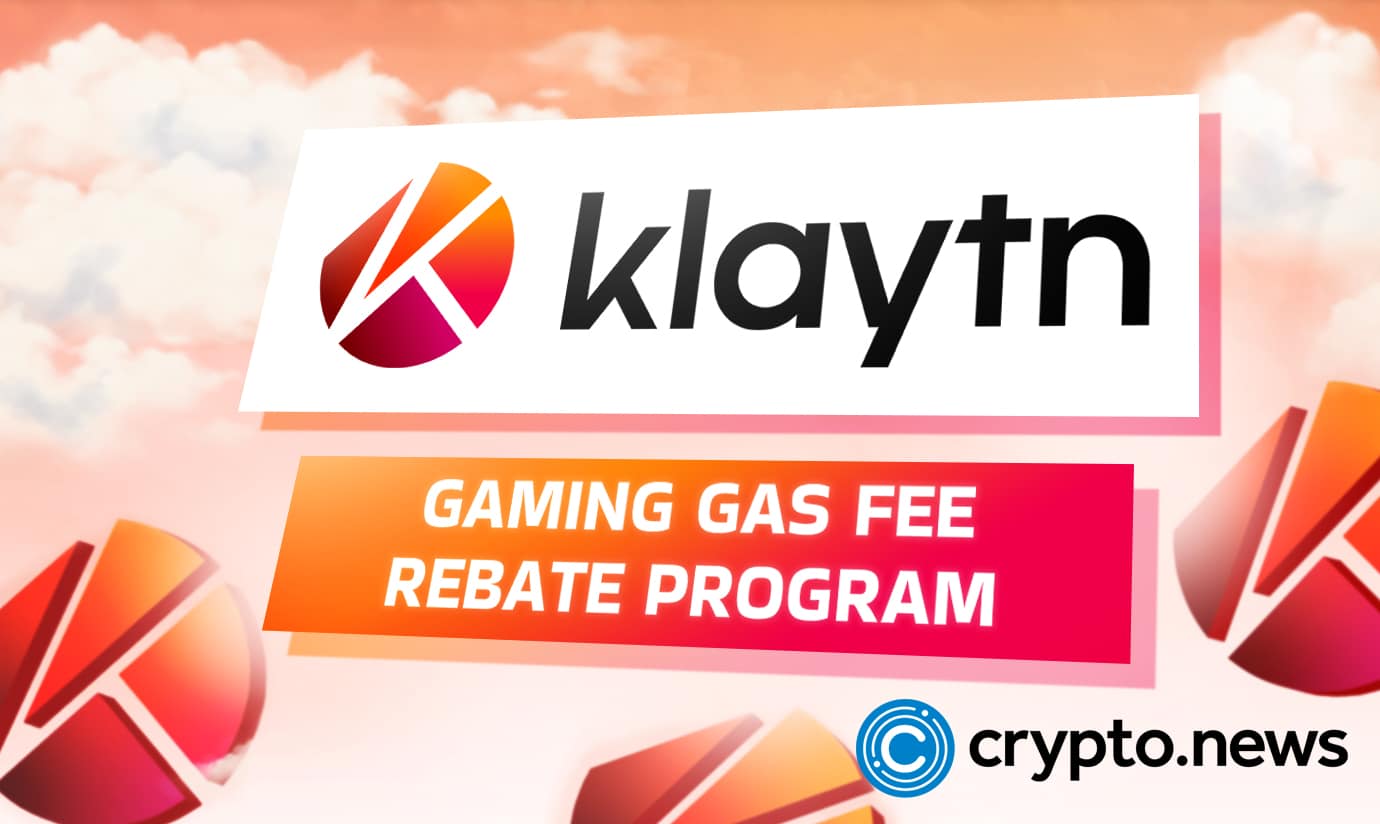2018-11-4 06:50 |
What Are The Differences Between DLT And The Blockchain?
A good number of people use Distributed Ledger Technology and the Blockchain Technology interchangeably. However, they are not the same thing. Some fundamental differences differentiate these two terms.
Understanding DLTMost companies have a central database. The database is stored in one physical location. However, a DLT does not have a single storage space. It is located in various places with multiple people having access to its function.
A DLT database records its data and other records on nodes. These nodes are simply computers inside the network. Their job is to record and verify every transaction. This recording takes place simultaneously in all nodes.
A DLT does not have any central authority in charge of any process. Each file is time stamped and comes with a cryptographic code, which is unique to the file. Every participant has permission to view the files. They can also see the entire history of the edits made to the data.
Blockchain TechnologyA blockchain is a type of a DLT. It is a database shared in a network. It has entries that are encrypted and confirmed via a complex mathematical process. The blockchain verification process leads to the creation of an immutable ledger, which is managed via a decentralized network. Each record is approved via consensus. After being cryptographically signed, the blockchain places the records in a ledger to create a chain. This is what makes the difference between the DLT and a blockchain.
Various areas where the DLT and the Blockchain Differ
DecentralizationIn DLT, governance is often centralized. There are a few validator nodes and some other nodes with read-only access as long as the validators consent. The governance in this network is often closed and new nodes can only join with the permission of the validators.
In the blockchain, governance is decentralized. All nodes are universally distributed. Besides that, each node carries all the data of the entire chain of ledgers. A good example is the Bitcoin. Anyone is able to take part in validating transactions. Such projects aim to maximize the concept of decentralization.
TrustIn DLT, the trust of the validator nodes is paramount. This is important. For instance, if a major corporation wants to create an internal blockchain or a government wants to do the same, all participants need to have trust in each other. As a result, DLT has low censorship resistance.
In the blockchain, censorship resistance is crucial to the entire network’s survival. Each node gets a single vote. However, if some few people manage to buy machines that put too much hash power in their hands, it can affect immunity to censorship and compromise the whole network.
TokensIn the DLT, only validate nodes can validate the transaction. Thus, tokens are not often used. They are only used as anti-spamming tools.
In blockchain technology, everyone can run a node. However, running nodes get difficult with time since the chain has become too large. In this public blockchain, the token is central to the operation of the whole network.
origin »Advanced Technology Coin (ARC) на Currencies.ru
|
|

